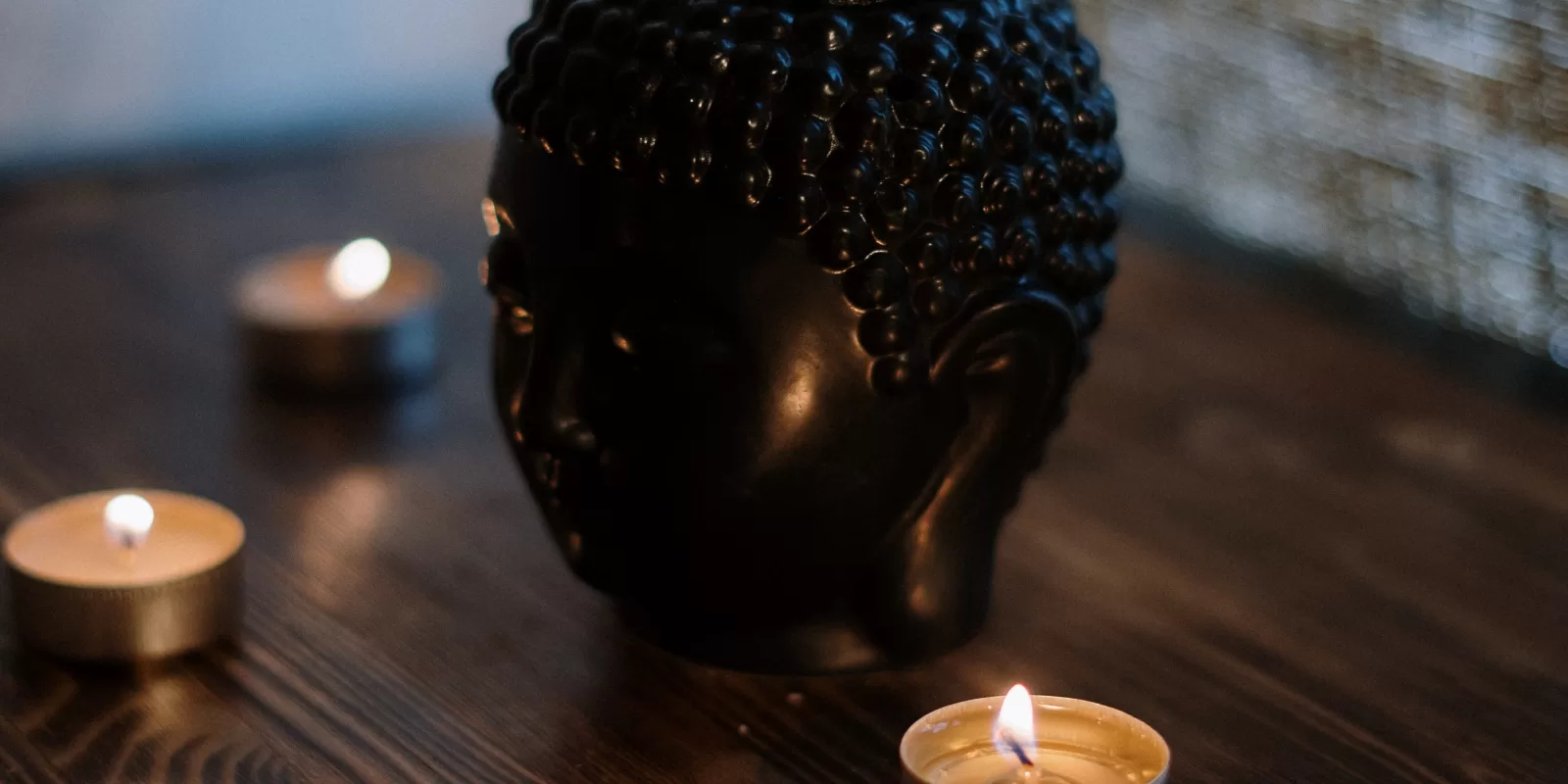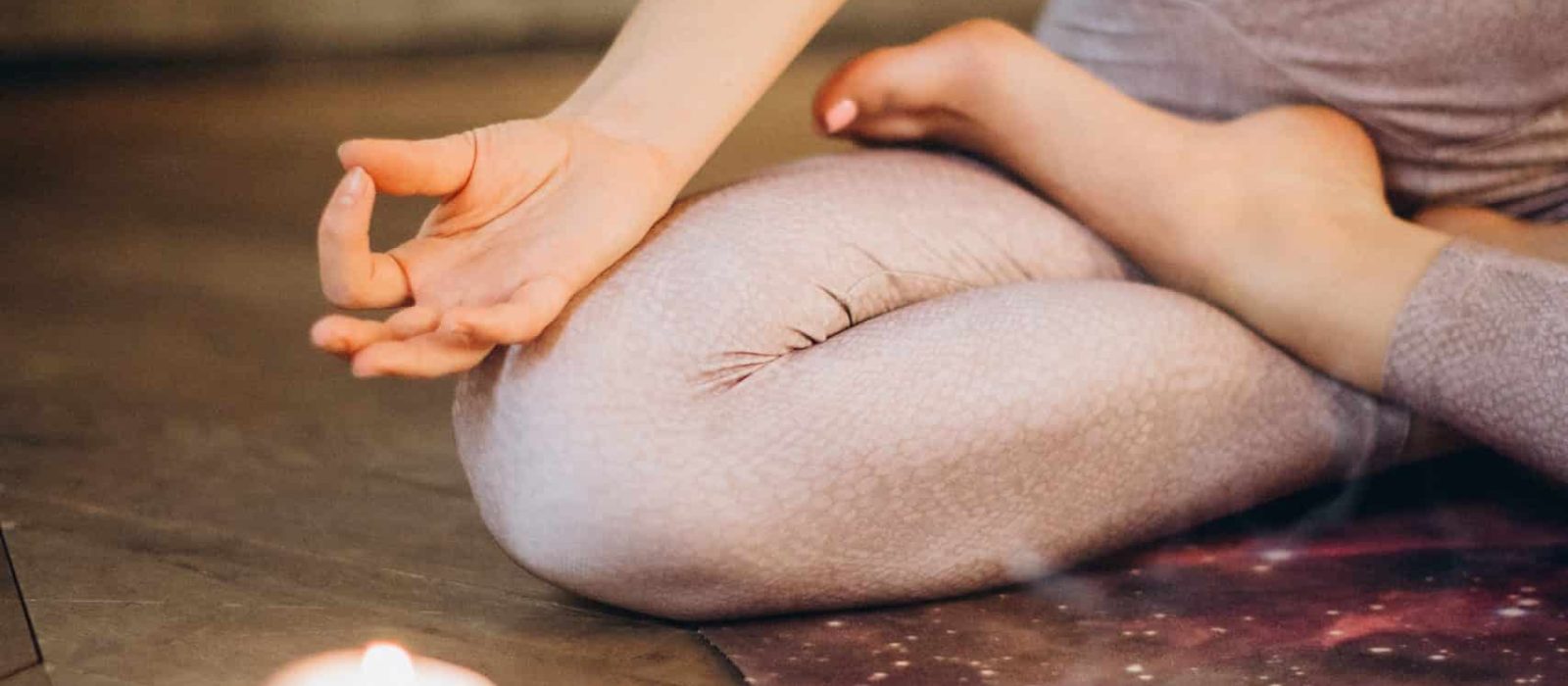 Meditation is one of the best things you can do for your brain, body, and overall health and wellness. It requires no special equipment or expensive membership and can be done almost anywhere.
Meditation is one of the best things you can do for your brain, body, and overall health and wellness. It requires no special equipment or expensive membership and can be done almost anywhere.
With a million thoughts running through our heads daily, we rarely ever get to chill out. Especially if you have ADHD, OCD, autism, anxiety, or depression, your brain never takes a break.
Our brains constantly run on autopilot, thinking, criticizing, judging, stressing, worrying, etc. Meditating has been known to reduce your stress and anxiety levels, promote more restful sleep, and give you more focus. Studies have found that meditation can thicken your grey matter as you age, instead of it typically declining. Much more research is concluding the vast benefits that meditation can give you at any age.
This practice isn’t just “quieting your mind,” which is almost impossible for some people. Meditating is quietly observing your thoughts without judgment.
Implementing a solid meditation practice that suits you is one of the best things you can do for yourself. Today, we’ll review how to start a meditation practice that works for you and will stick.
Start Slow-
 If you’ve never meditated before, then 20 minutes can seem overwhelming. Start your first week with only 5 minutes, and then the next move on to 10. Keep it at 10 for as long as you begin to get a feel for the practice.
If you’ve never meditated before, then 20 minutes can seem overwhelming. Start your first week with only 5 minutes, and then the next move on to 10. Keep it at 10 for as long as you begin to get a feel for the practice.
When you feel comfortable, move it up to 15 and 20 minutes. Your schedule might be tight, so don’t feel bad if you can’t hit 15 or 20 minutes every day. If you only have 5 minutes, then that’s better than nothing. If you’re an all-or-nothing person, it can be hard to want to meditate at all if you can’t hit the 15 or 20-minute mark, but even 5 minutes of meditation can make a huge difference in your day.
You can break up your 20 minutes if you need to. If you can, get 5 minutes in the morning, 5 around lunchtime, 5 when you’re finished school or work, and 5 before bed. This is for when you’re in a pinch and don’t have time to do a full 15-20 minute practice.
Get Comfortable-
You’ll want to be comfortable while meditating, so wear comfortable clothes if possible. You can sit cross-legged on the floor, sit in a chair, or lie down.
It’s recommended to sit on the floor with a blanket or pillow so that you’re a bit more comfortable. If you’re lying down, putting a blanket over a yoga mat is a good option so that you’re comfortable but not comfortable enough to fall asleep.
Many people discourage others from lying down while meditating, but do what works for you. Someone may have chronic pain, and sitting up might be too uncomfortable.
Your meditation practice is just that, YOUR meditation practice. Switch it up sometimes so that you can find which methods you prefer. As long as you can stay awake, then meditate as you wish.
Set the Mood-
 Being in a tranquil environment will help when you are trying to relax. Do a quick tidy-up of your space so that you can focus on your meditation. Set a timer for 10 or 15 minutes so you don’t get carried away and start organizing your cabinets.
Being in a tranquil environment will help when you are trying to relax. Do a quick tidy-up of your space so that you can focus on your meditation. Set a timer for 10 or 15 minutes so you don’t get carried away and start organizing your cabinets.
Dim the lights, light candles, and burn incense to turn your space into a more serene and relaxing environment. Open a window or sit in your backyard or balcony (if it’s safe) and bask in the sun or moonlight.
Prepare Ahead-
 If you get distracted easily, try to nip all potential distractions in the bud before meditating. Eat something so your stomach isn’t growling, but don’t eat too much so that you’re overly full.
If you get distracted easily, try to nip all potential distractions in the bud before meditating. Eat something so your stomach isn’t growling, but don’t eat too much so that you’re overly full.
Grab a sweater or a blanket if you get cold easily, and grab a glass of water to have nearby in case you feel overwhelmed. Set a timer on your phone and have it nearby to time your session. Doing some prep beforehand will ensure you can easily relax and give attention to your practice.
Find Uninterrupted Time-
If you have noisy roommates or rambunctious pets or children, finding this uninterrupted time might be tricky. If you have to meditate in your parked car so no one bothers you, then so be it (as long as your doors are locked and it’s safe).
Find the best time that works for you and stick to it. This habit will be easier to form if it is consistent. Combining it with another habit will make this even easier to stick to. For example, right after you brush your teeth in the morning or after you get home from work.
It’s recommended to meditate first thing in the morning so that you’re in a good headspace for the day. Some people’s schedules are hectic and differ day by day, so don’t be discouraged if your meditation schedule is inconsistent. If you can fit it into your day at all, then that’s amazing.
Judgment Free Zone-
When you hear about meditation, you’ve probably heard that it’s about “clearing the mind.” You’ve also probably wondered how that’s possible. Don’t worry, stopping your mind from all thoughts isn’t the goal here, and surely it’s close to impossible.
You’ll want to focus on your breath, slowly going in through your nose and expanding your ribs, chest, and diaphragm, and then slowly exhaling. Thoughts, to-do lists, and other random things will pop into your head. The goal is to notice your mind has wandered, acknowledge it, and return to the breath.
Your mind will probably bring up the most random thoughts multiple times, and that’s ok, that’s what it does, don’t judge it, and continue breathing. Taking a step back and assessing what your brain is doing without harshly reacting is what you’ll want more of in your day-to-day life.
You’ll begin to see situations for what they are and not overreact or turn situations into something they’re not. Meditation helps tremendously with self-awareness and taking a moment to pause before engaging.
Sound or Silence-
 There are many ways to meditate, and you should try out as many as possible to see what you like. You can sit in complete silence, make a sound bath, listen to binaural beats, soft music, a guided meditation, or chant a mantra to yourself.
There are many ways to meditate, and you should try out as many as possible to see what you like. You can sit in complete silence, make a sound bath, listen to binaural beats, soft music, a guided meditation, or chant a mantra to yourself.
If you find it difficult to meditate in complete silence, a guided meditation on YouTube might work wonders for you. Stephanie Kojec, Alina Alive, and Michael Sealey are great options to follow along with. Browse their channels as they have fantastic guided meditations. Apps like Calm and Headspace also have tips and guided meditations you can follow along with on your phone.
There are an endless number of possibilities with meditation. If someone says they hate meditating, they most likely hate one type, as there are multiple options out there. It is not a one-size-fits-all type of practice. You should experiment and find out what you prefer.
Consistency-
Consistency is the key when it comes to meditation. Once you’ve gotten the hang of it, you’ll start to feel better and look forward to your meditation sessions. Life gets busy, and while you may not make it to the mediation mat 7 days a week, if you can hit 4-5, then you’ll still receive the benefits.
Don’t beat yourself up too much about having a perfect practice. If you miss a day, pick it up the next day, and don’t judge yourself too harshly.
Brains-
If you live life through a slightly different lens with a condition like ADHD, autism, OCD, anxiety, depression, etc., then meditation can be especially helpful for you to remain calm and focused. You might have to adjust the practice as you see fit to accommodate your needs.
Try following along to a soothing guided meditation where your brain can follow the words of whoever is speaking. If you’re neurodivergent, don’t beat yourself up if you feel like your brain won’t stop going, no matter how hard you try. While it may feel more difficult, it is especially beneficial.
Final Thoughts-
 Hopefully, by reading this post, you’ll begin to implement a meditation practice that is completely customized to your needs. By meditating consistently, you’ll notice a world of difference in many facets of your life.
Hopefully, by reading this post, you’ll begin to implement a meditation practice that is completely customized to your needs. By meditating consistently, you’ll notice a world of difference in many facets of your life.
You’ll decrease your stress and anxiety levels, sleep better, have more focus, and feel lighter all around. Meditation is an amazing and free tool to have in your back pocket for your mental health and overall well-being.




